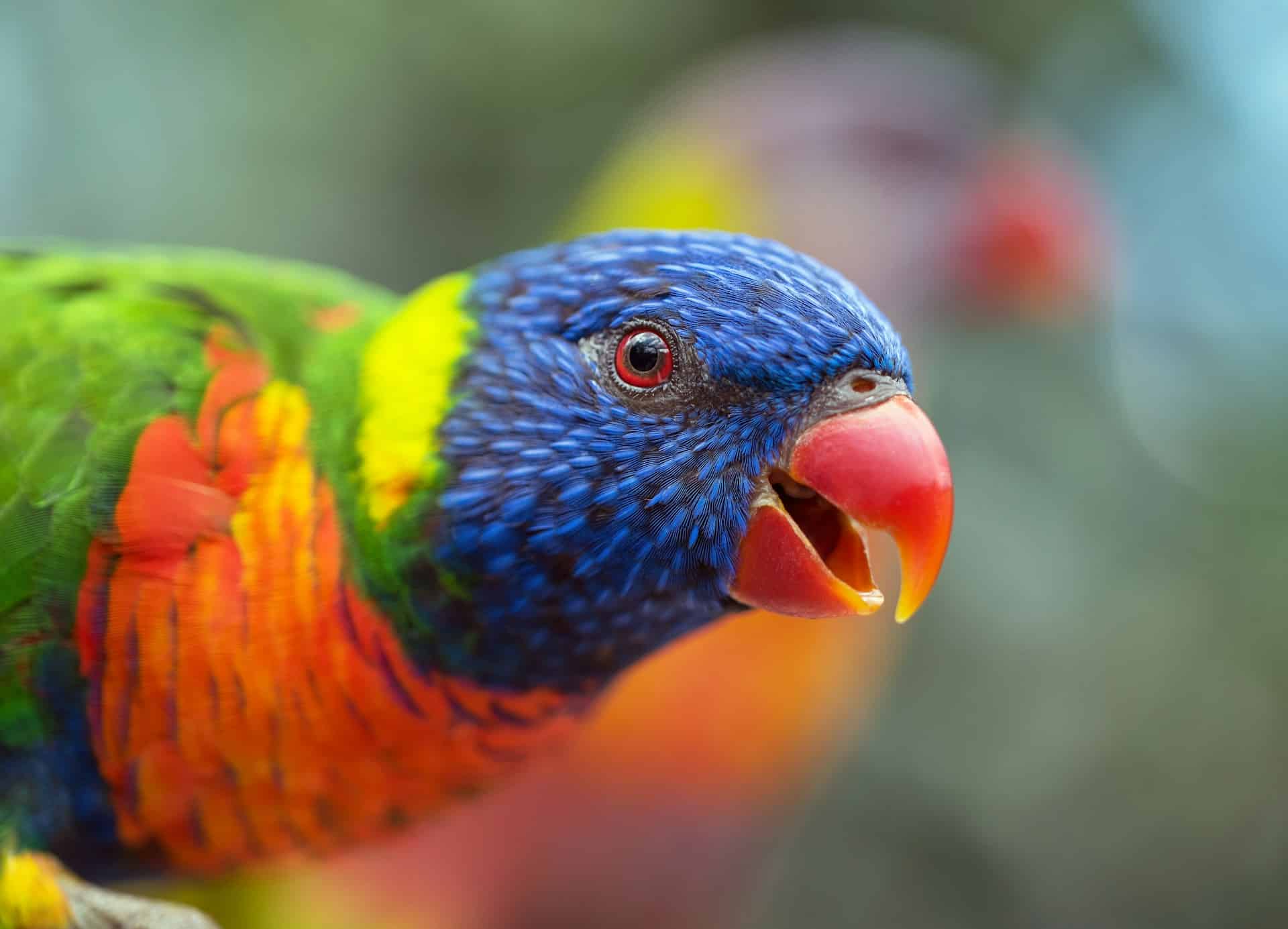How to Optimize a Living Space for a Parrot to Reduce Stress and Anxiety?

In the world of pets, parrots stand out as a fascinating and engaging species. These avian creatures are known for their vibrant colors, intelligence, and social nature. However, just like any other pet, parrots can experience stress and anxiety, which can negatively impact their health and behavior. Just as you would for your own living space, it’s crucial to create an environment for your pet parrot that promotes wellbeing and reduces stress. This article will provide a comprehensive guide on how to optimize your parrot’s living space, ensuring they remain healthy, social, and content.
Understanding Parrot Stress and Anxiety
Before we delve into how you can optimize your pet parrot’s living space, it’s important to understand what causes stress and anxiety in these birds. Parrots are social and intelligent creatures, and their behavior can be influenced by a variety of factors, ranging from their environment, social interactions, diet, and physical health.
Lire également : What’s the Best Technique for Introducing a Service Dog to Public Transport?
Stress in parrots can manifest in several ways, but the most common signs include a change in behavior or appearance. For instance, a stressed bird may start to pluck its own feathers, display aggressive behavior, or become unusually quiet. Understanding these signs of stress is the first step in creating an environment that will help to reduce these anxieties.
Providing an Adequate Cage
A cage is more than just a place to hold your pet parrot; it’s their home. The size, positioning, cleanliness, and interior of the cage can significantly impact your bird’s mental and physical health.
En parallèle : How to Develop a Grooming Routine for a Dog with Sensitive Skin?
The cage should provide ample space for your bird to move around comfortably. It should be spacious enough for them to stretch their wings and fly short distances. Different species of parrots require different cage sizes, so make sure to research your particular species’ needs.
In addition to size, the cage’s location within your home can also affect your bird’s stress level. Parrots are social animals and placing their cage in a quiet, isolated room may lead to feelings of loneliness and anxiety. It’s best to place the cage in a room where your family spends a lot of time, but ensure it’s not too noisy or chaotic.
Nutrition for Mental Health
Similar to us, what parrots eat can influence their moods and overall mental health. A nutritionally balanced diet can help reduce stress, boost energy levels, strengthen the immune system, and even enhance the vibrancy of their feathers.
Parrots need a varied diet that includes fresh fruits, vegetables, grains, and a high-quality pellet mix. Avoid feeding your parrot too much seed, as this can lead to nutritional deficiencies. Treats should also be given in moderation.
Take notice of any changes in your parrot’s eating habits, as this may be a sign of stress. If you notice that your bird is eating less or more than usual, or if they’re showing a preference for certain foods, this could signal that something is amiss.
Enrichment and Social Interaction
Keeping your parrot mentally stimulated is crucial for their mental well-being. Boredom and lack of social interaction can lead to stress and anxiety in parrots.
Toys provide a source of mental stimulation for parrots. Parrots enjoy toys that challenge them intellectually, such as puzzle toys, foraging toys, and toys they can chew or dismantle. Rotate your bird’s toys regularly to prevent boredom.
As social creatures, parrots also need regular interaction with their human family members. Spending time outside of the cage interacting with your bird can greatly reduce stress and anxiety. However, always supervise your bird when they’re out of the cage to prevent accidents.
Handling Fear and Phobia
Parrots can develop fears and phobias, just like humans. These fears can stem from past traumatic experiences or from new, unknown situations. It’s important to identify your bird’s fears and find ways to alleviate them.
For instance, some parrots may be afraid of new toys or changes in their environment. In such cases, introduce new items slowly, and allow your pet time to adjust. If your bird displays fear towards a particular person or object, try to remove or minimize their exposure to the source of fear.
In conclusion, creating a stress-free environment for your pet parrot isn’t just about providing them with the right cage or diet. It involves understanding their unique needs and behaviors, and ensuring they are both physically and mentally stimulated. With patience and careful observation, you can create an environment that makes your feathered friend feel safe, engaged, and loved. However, remember that sudden changes in behavior or appearance should always warrant a visit to an avian vet.
The Importance of Natural Behaviors and Body Language
Understanding and encouraging your pet bird’s natural behaviors is an essential part of reducing stress and anxiety. Parrots, in their natural habitat, would spend their time flying, foraging, playing, and interacting with their flock. While it’s impossible to replicate this environment entirely, you can still provide opportunities for your pet to display these natural behaviors.
Toys, as mentioned earlier, provide an excellent opportunity for mental stimulation and mimic some of the tasks a parrot would undertake in the wild. Foraging toys, in particular, are beneficial as they encourage your bird to work for their food, as they would have to in their natural environment.
Flying is a fundamental part of a parrot’s life, and even though your bird may be confined to a cage, it’s essential to provide them with opportunities to fly. Ensure the cage is large enough for short flights, and consider allowing your pet bird supervised time outside of their cage to exercise their wings.
Interpreting your bird’s body language is another crucial aspect of understanding their needs and reducing stress. Just as humans express emotions through body language, so do parrots. Be observant of their feathers, eyes, beak, and overall posture. These can all give insights into your bird’s mood and mental state.
Pet Remedy and Feather Picking
Feather picking, or feather plucking, is a common sign of stress in parrots and can lead to significant health issues if not addressed. This behavior is often a sign of boredom, lack of mental stimulation, poor nutrition, or illness. If you notice your bird picking their feathers, it’s essential to seek advice from an avian vet.
Pet remedy options can include calming sprays, collars, or diffusers that help to reduce stress and anxiety in birds. These remedies often use natural ingredients, such as essential oils, and can be an effective aid in creating a calming environment.
However, keep in mind that these remedies should be used in conjunction with other strategies discussed in this article, such as a balanced diet, mental stimulation, and social interaction. A bird collar can be used to prevent feather picking, but it’s essential to identify and address the root cause of the behavior.
Conclusion
Caring for companion parrots goes beyond providing basic care. It involves understanding their unique behaviors, needs, and body language to create an environment that closely mimics their natural habitat. Pet birds, just like any other pets, require a balanced diet, mental stimulation, social interaction, and a sense of safety to thrive.
Whether it’s selecting the right cage or the correct bird food, observing your bird’s behavior, or ensuring they have enough mental stimulation, each step plays a crucial role in reducing stress and anxiety in your feathered friend.
Remember, sudden changes in your bird’s behavior warrant a visit to the avian vet. Fear free environments are essential, and any signs of fear or anxiety should be addressed promptly.
Ultimately, the rewards of owning a parrot come with the responsibility of understanding their needs and providing them an optimal living space. By taking these steps, you’ll not only enhance the quality of life for your pet bird but also deepen the bond you share.
Keep in mind that each bird species is unique, and what works for one may not necessarily work for another. Understand your bird’s individual needs, be patient, and remember, the goal is to create an environment that makes your parrot feel safe, happy, and loved.
